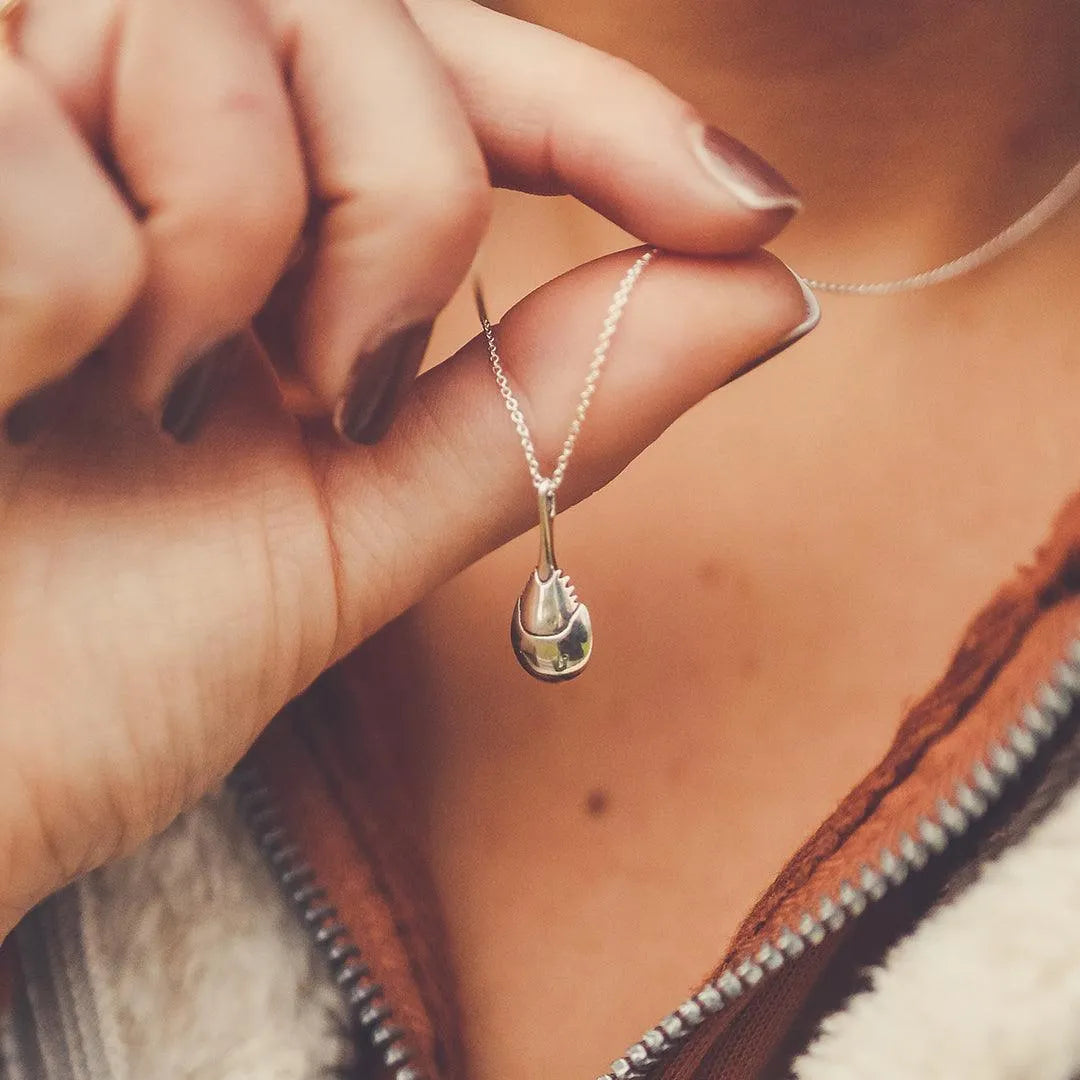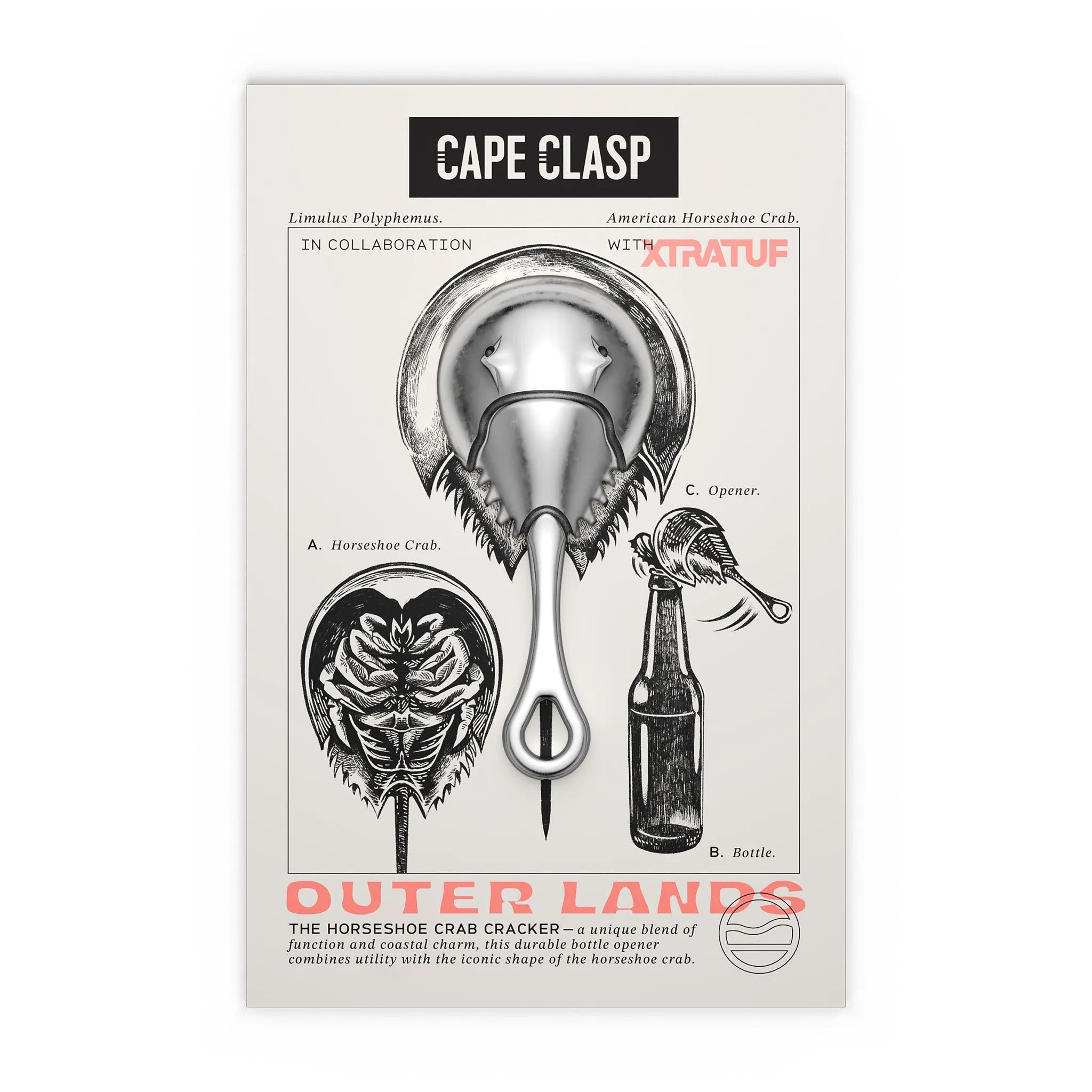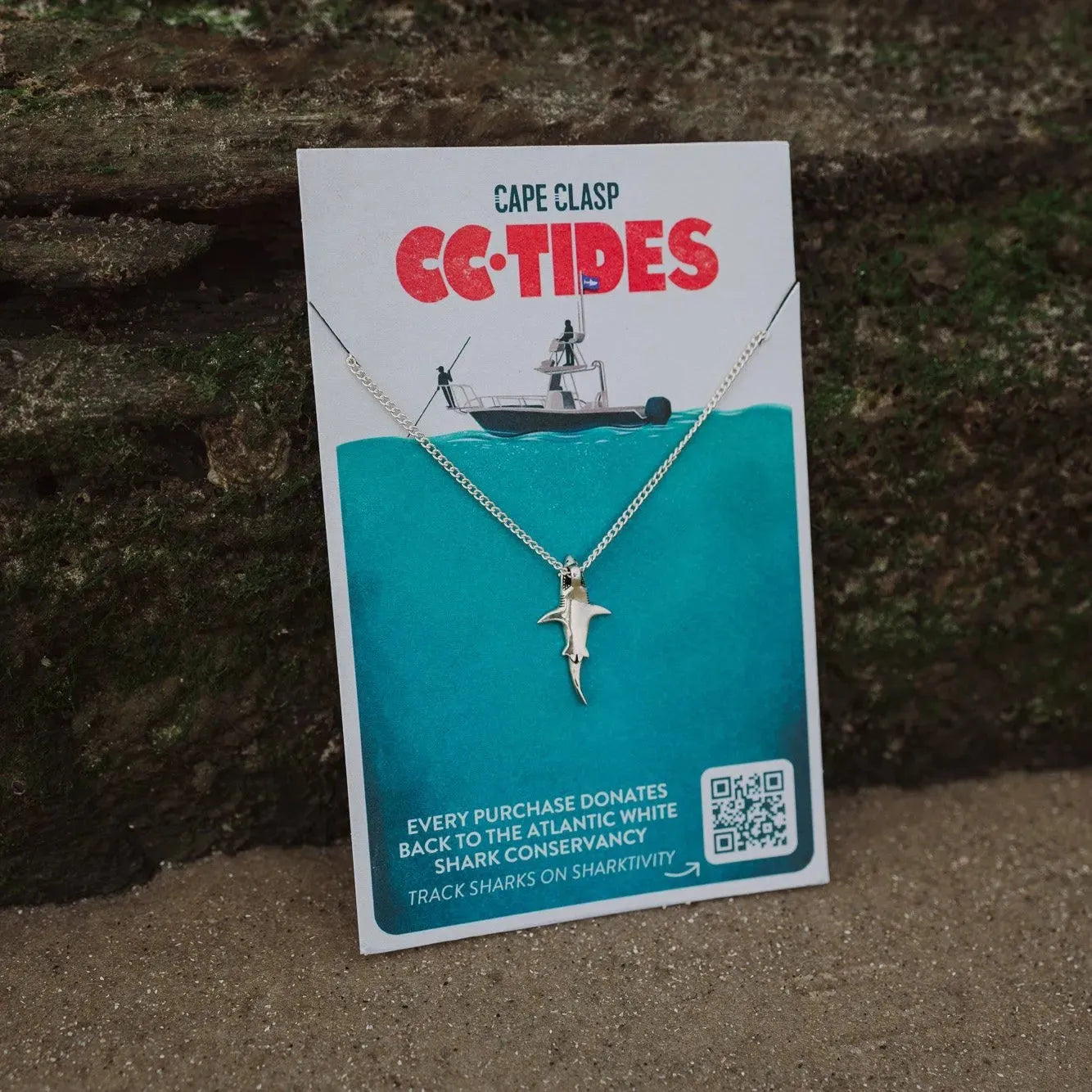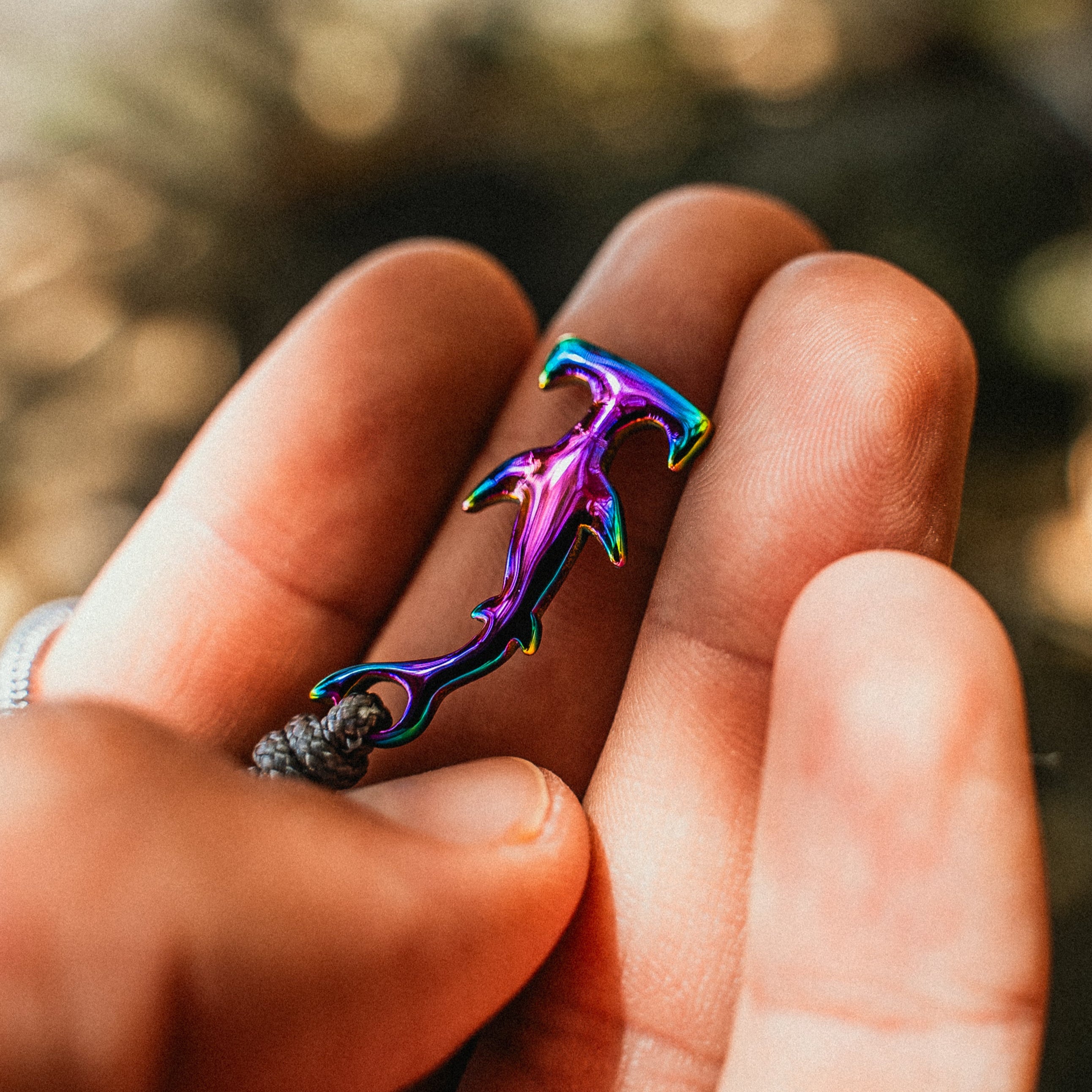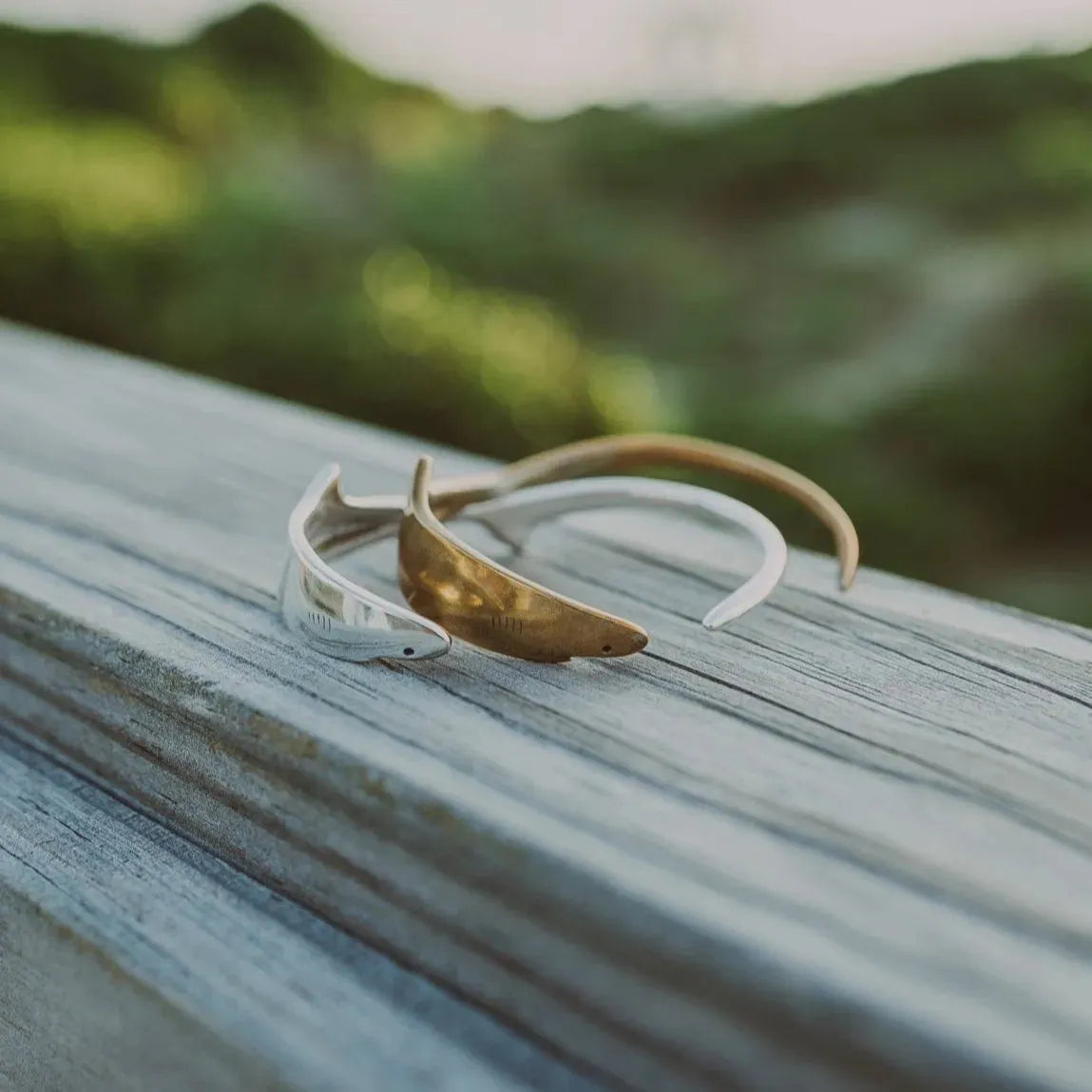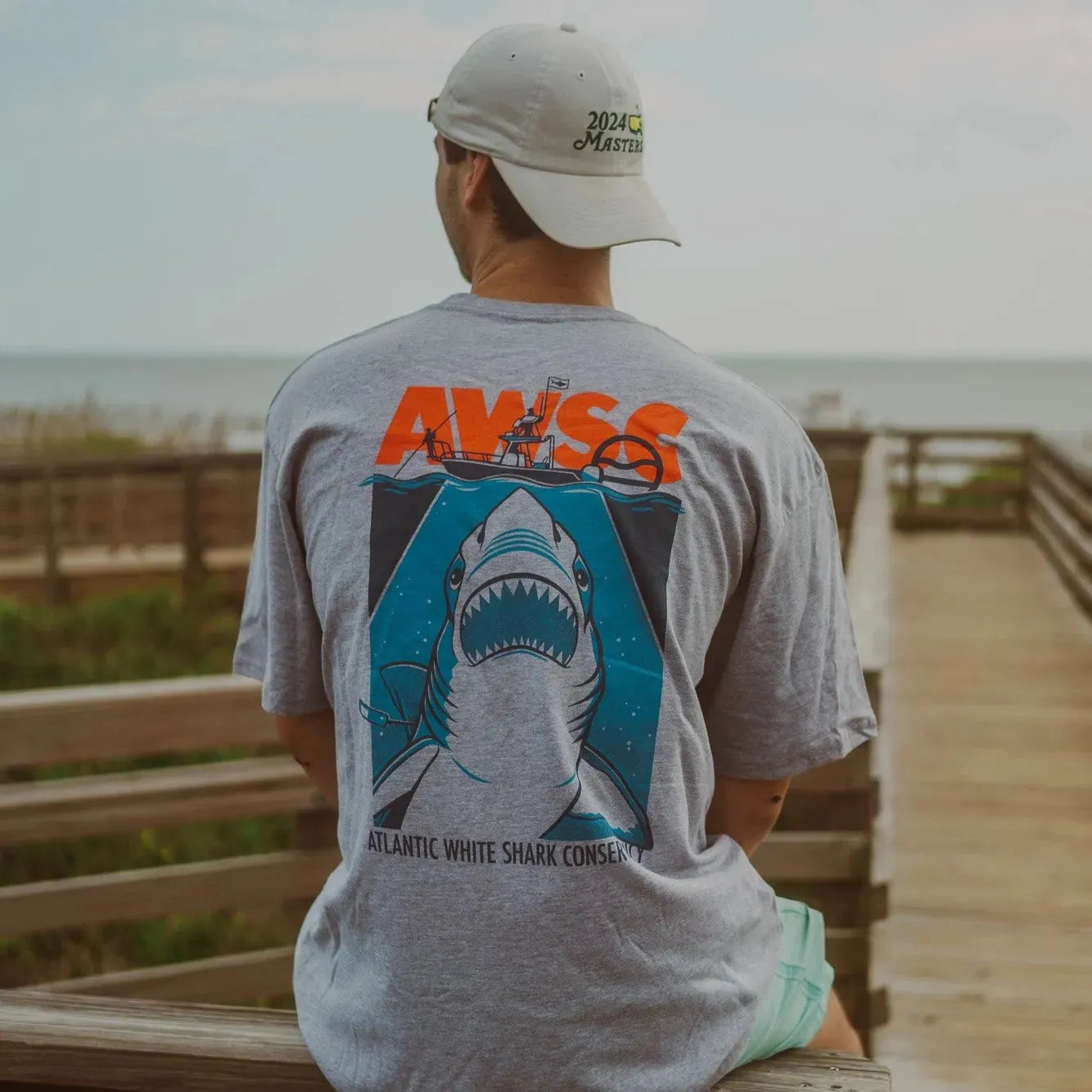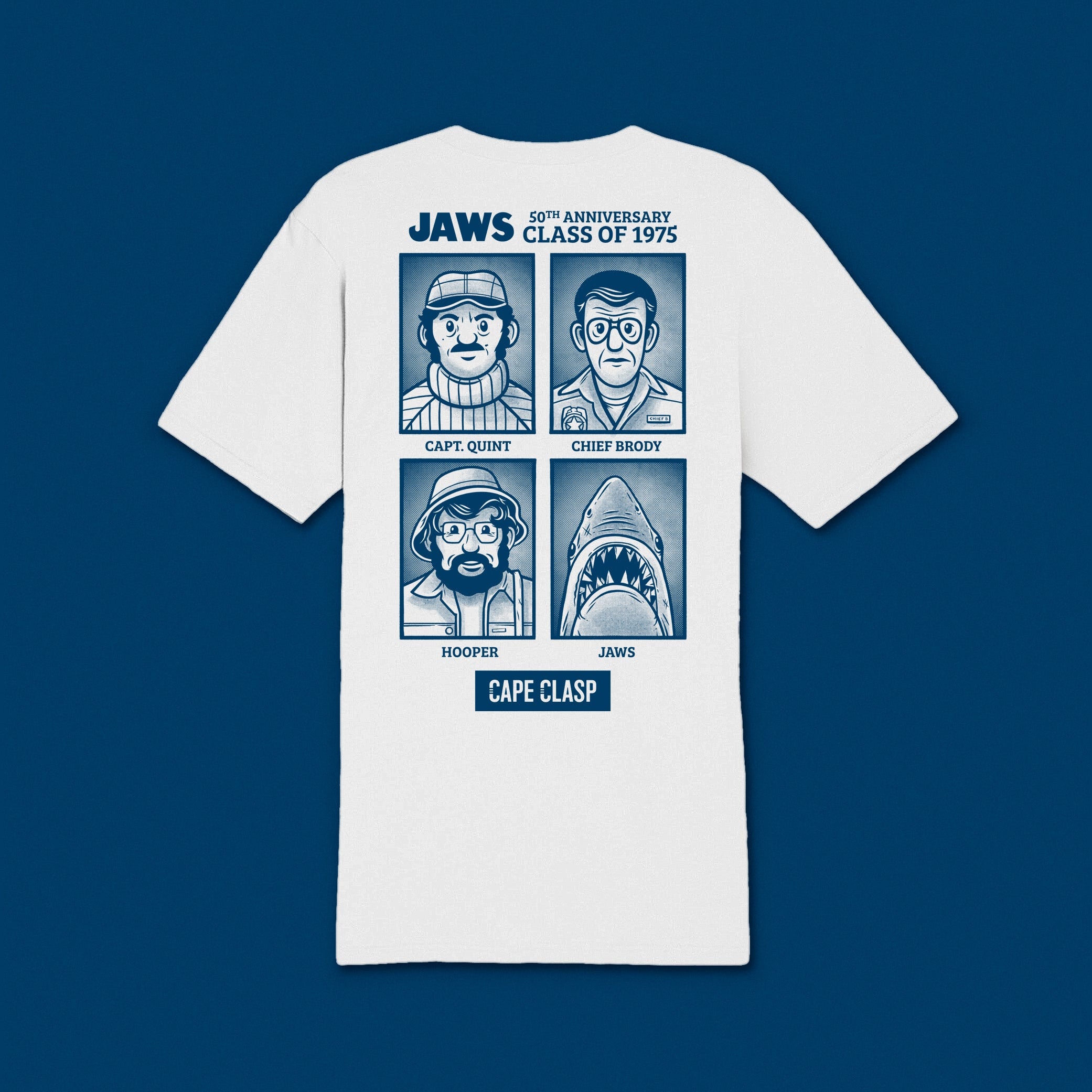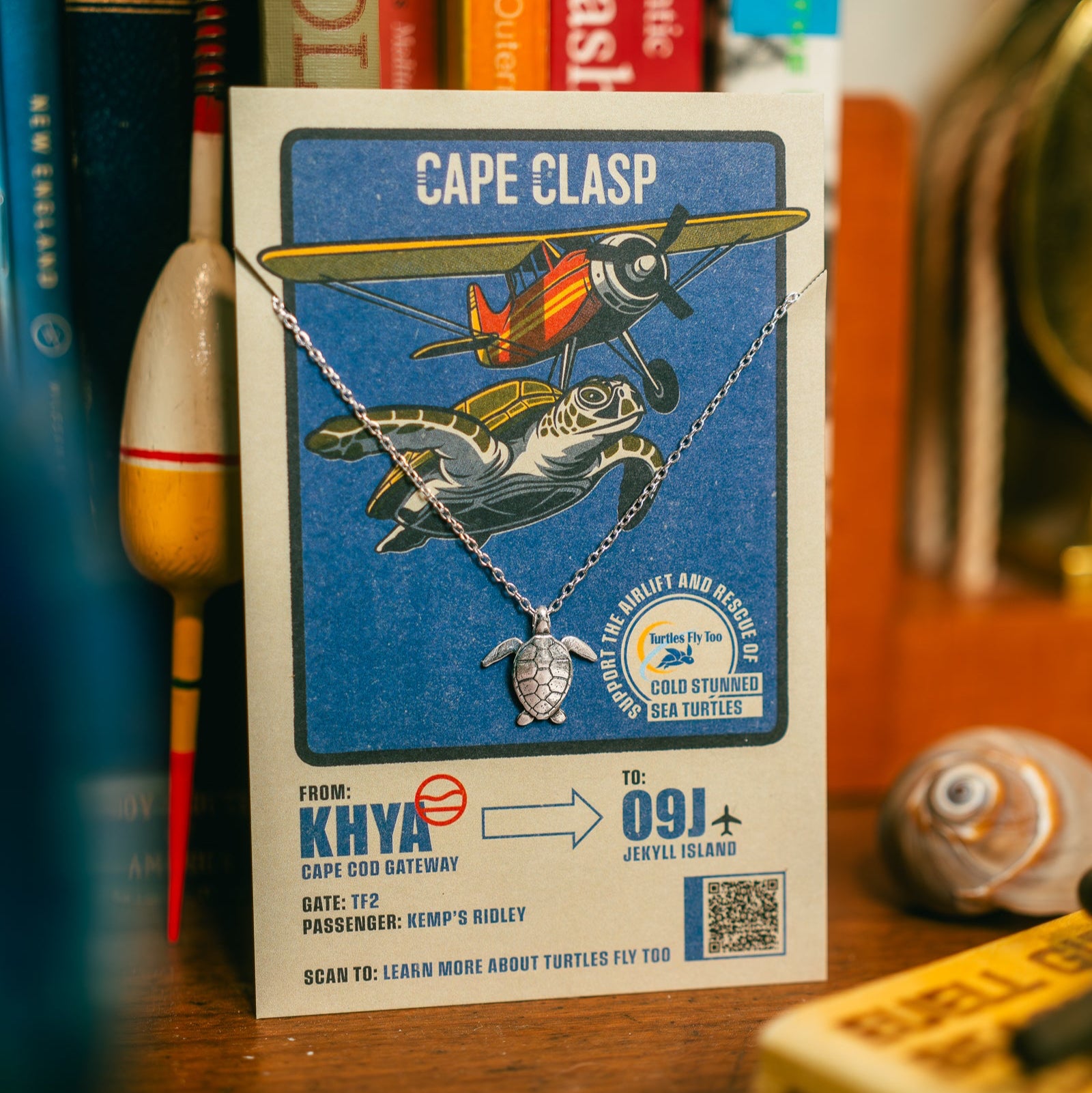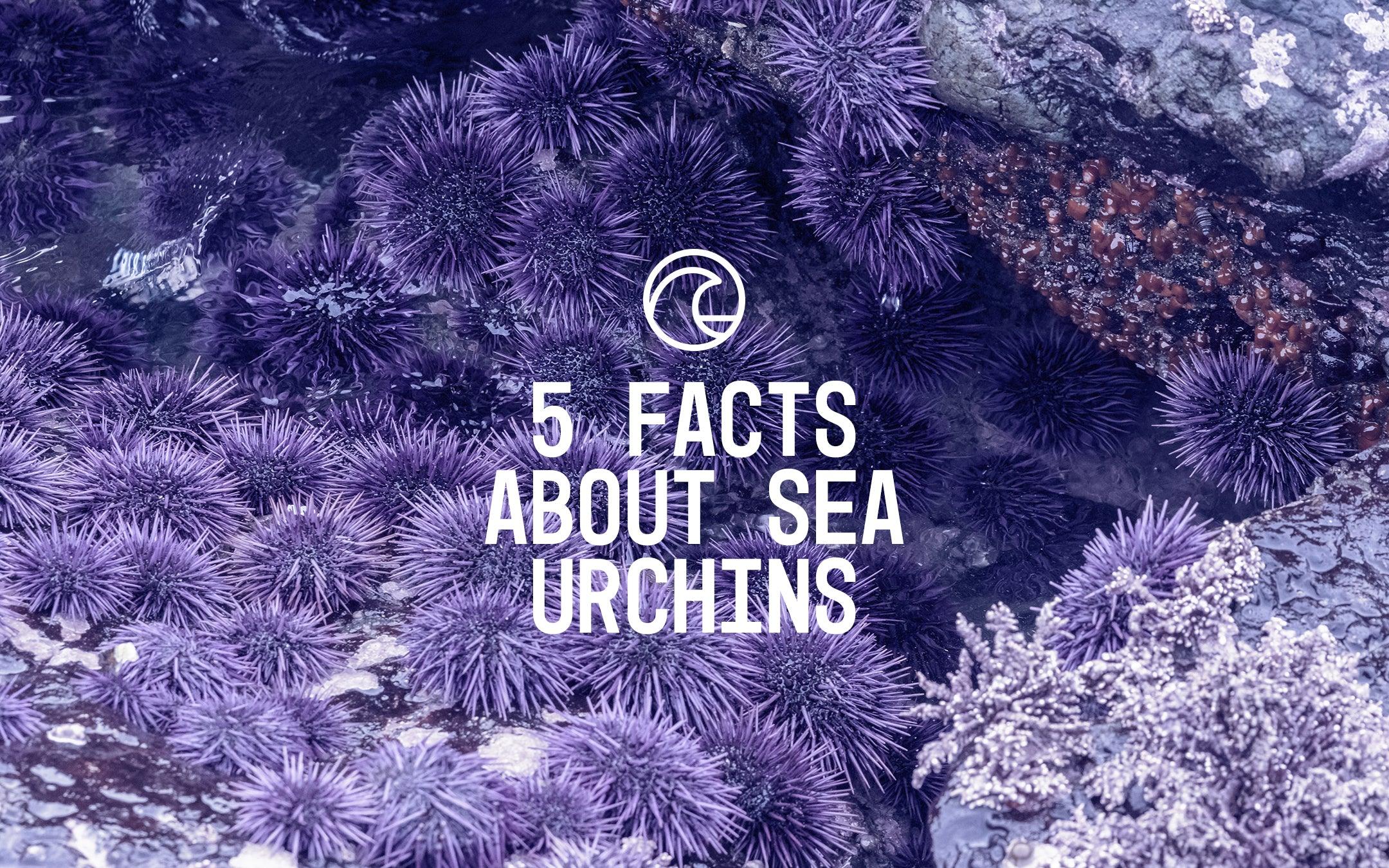
5 Facts About Sea Urchins
Cape Clasp is on a mission to #makewaves for marine life causes, and that includes spreading awareness about our ocean friends! This week, we're focusing on the sea urchin that can be found in every ocean all around the world!
In fact, there are hundreds of sea urchin species worldwide. They are super important in the ocean ecosystem but face plenty of dangers and threats.
They belong to a group of animals called echinoderms, a club of spiky skinned marine dwellers. The actual word urchin is an old word that means hedgehog. The name for a sea urchin in many languages translates as sea hedgehog. Read on for some more fun facts!

THEY LIVE IN ALL 5 OCEANS
The 950 different species of sea urchins live in water of all temperatures, warm or cold. Some species prefer to live in the shallows, on coral reefs or among kelp forests, while others find their home in deep, rocky seabeds.
The Sea urchin population has grown by 10,000% in the last five years, which saw purple sea urchins ravage the coasts of California and Oregon in 2019. Scientists believe it could take 15-20 years to remove almost 100 million pounds of sea urchin from one large Oregon reef alone!
THEY DON’T HAVE A BONE IN THEIR BODY
Sea urchins have a hard outer shell made from calcium carbonate, called a test. But they don’t have any bone structure. The test is made up of small plate segments that enclose the entire sea urchin.
When it comes to symmetry sea urchins are definitely on the A-list. Their bodies have what is called radial symmetry. Each sea urchin can be divided into five equal parts. It may not be easy to see this symmetry while they are all covered in protective spines but it can be easily seen when looking at a dried urchin shell or test.

THEIR DIET IS FULL OF DELICACIES
Sea Urchins aren’t too picky when it comes to what they put in their stomachs. They are omnivores which means they eat both plants and animals.
Their main source of food is algae from the corals, but some species prefer to grub on mussels, barnacles, sea sponges, and even dead fish. What the sea urchins eat depends on where they live and what’s available! They’re pretty easy going.
Sea urchins have a special kind of mouth called Aristotle’s Lantern that makes it easier for them to scrape organisms off a surface they are moving over. They have just five teeth in this mouth and each tooth has its own jaw so it can move more easily.
THEY CAN GIVE HUMANS BOO-BOOS, BUT THEY DON’T MEAN TO
Our friends, the sea urchins, are non-aggressive and are slow movers (they use their spines and a row of tube feet to walk around), so they don’t injure humans on purpose. Us humans tend to get injured by the urchins when scuba diving or swimming and accidentally brushing into them, or when a person accidentally steps on one - which can lead to a spine breaking off and puncturing!
The spines and claw-like structures they have all around their bodies may be long and sharp, but they are for protection against predators. Even with all these spikes and spines they have plenty of enemies, from otters and birds to fish, crabs, and also us humans.
THEY PREFER TO REPRODUCE IN THE WARMER SEASONS
The mating season of sea urchins is in the spring. The mama sea urchins release millions of eggs that are coated in jelly and keep them close by using their spines to hold on to them. These eggs are fertilized externally.
Within half a day, a swimming embryo forms and swims free until it’s a juvenile and sinks to the bottom of the sea. These sea urchin kids reach adulthood within 5 years! Most sea urchins then go on to live a full life up to 30 years.

BONUS FACT: THEY HAVE A DIFFERENT WAY OF SEEING THINGS
Looking at a sea urchin it is difficult to see how they see. They may not have any obvious eyes in amongst the spikes, but they still respond to light. Recently scientists have discovered how they can see. The entire purple sea urchin body is an eye!
They have a number of genes associated with eyes. The strangest part? These genes seem to be mostly activated in the hundreds of tube-like feet they have amongst the spines. Not only do they move with their feet. They also use them to see.
While sea urchins come in a range of colors including red, brown, black and green, our favorite is purple.

